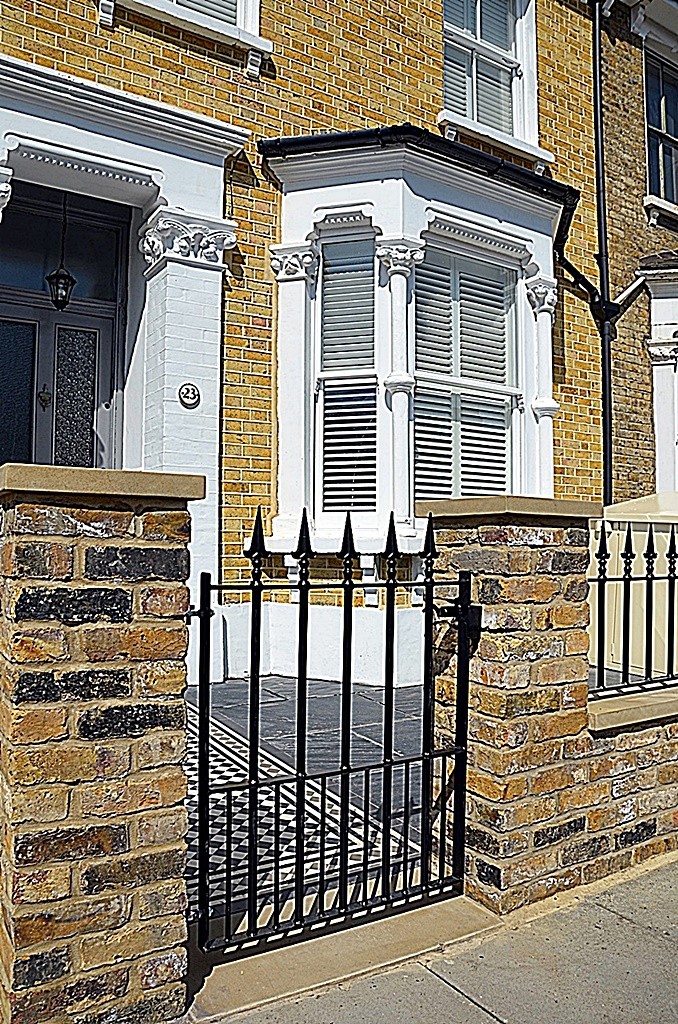
So you could look at that for our competitors being a total cost of up to $300 extra ton and for us, probably $220 or something, in that range. So if sulfur price is $300, then your cost in making DAP is probably $120-ish per ton. For us, probably more than half of that range would be the right number. So for our competitors, call it, $250 per ton. Now recognize our costs are significantly lower than that because two-thirds of ours is on a natural gas basis.
MOSAIC STOCK PLUS
So that adds about $200 plus per ton to the cost of making phosphates. Market ammonia is probably in the range of, Jenny, $1,100. markets, which enables significant pricing power.ĭespite rising input costs, Mosaic also enjoys a significant cost advantage over its competitors:

Mosaic has now surged to a market cap of $26 billion!Īccording to, Mosaic currently controls 90% of the current supply to U.S. In the last few years, Mosaic was valued with an average market capitalization of about $8 billion. In any event, Mosaic has executed successfully to deliver near-record revenue and EBITDA, as well as very strong net earnings: While many investors and analysts are often skeptical of these deals, and management's ability to derive synergies, you have to pay attention to what they say, such as the timeline and degree of synergies to be obtained over time.

In a few words, I've always been a huge fan of operators that have the ability to acquire competitors or non-core assets from other companies, especially in the commodities space. Clearly, this move was an excellent way for Mosaic to geographically diversify its operations, supply chain, and cash flow generation. The unit also represents about 23% of the total annualized adjusted EBITDA that Mosaic generated in FY21. In other words, that translated to a 3x EBITDA purchase price based on just this year's worth of earnings. These results highlight the decisions we have made over the last decade that has strengthened the business." In 2021, Mosaic Fertilizantes was able to achieve its $200 million transformational EBITDA improvement target over a year ahead of schedule. In Brazil, Mosaic Fertilizantes generated adjusted EBITDA of $821 million, up 74% from the prior year as the team capitalized on strong demand, a trend that we expected and drove our decision to acquire Fertilizantes 4 years ago. While it did take some time to play out, Mosaic did eventually purchase the unit for a valuation of $2.5 billion.įast forward to today, Mosaic management updated analysts and investors that the same Brazilian unit was now generating incredibly strong operating performance: My argument for the purchase was that Mosaic was getting a good deal as the purchase price occurred at a time when fertilizer prices were cyclically weak.
MOSAIC STOCK FREE
"Current valuation disregards the double-digit cyclically adjusted free cash flow yield.".Back in 2016, when the entire industry was in disarray, I argued that Mosaic was a buy here and here for a few core reasons: Total revenue increased to $12.36 billion and net income increased to $1.63 billion, which translates to $4.27 in diluted EPS. The Mosaic Company ( NYSE: MOS) effectively knocked it out of the park with its FY21 operating performance.

Mining of potash ore in an underground mine.


 0 kommentar(er)
0 kommentar(er)
